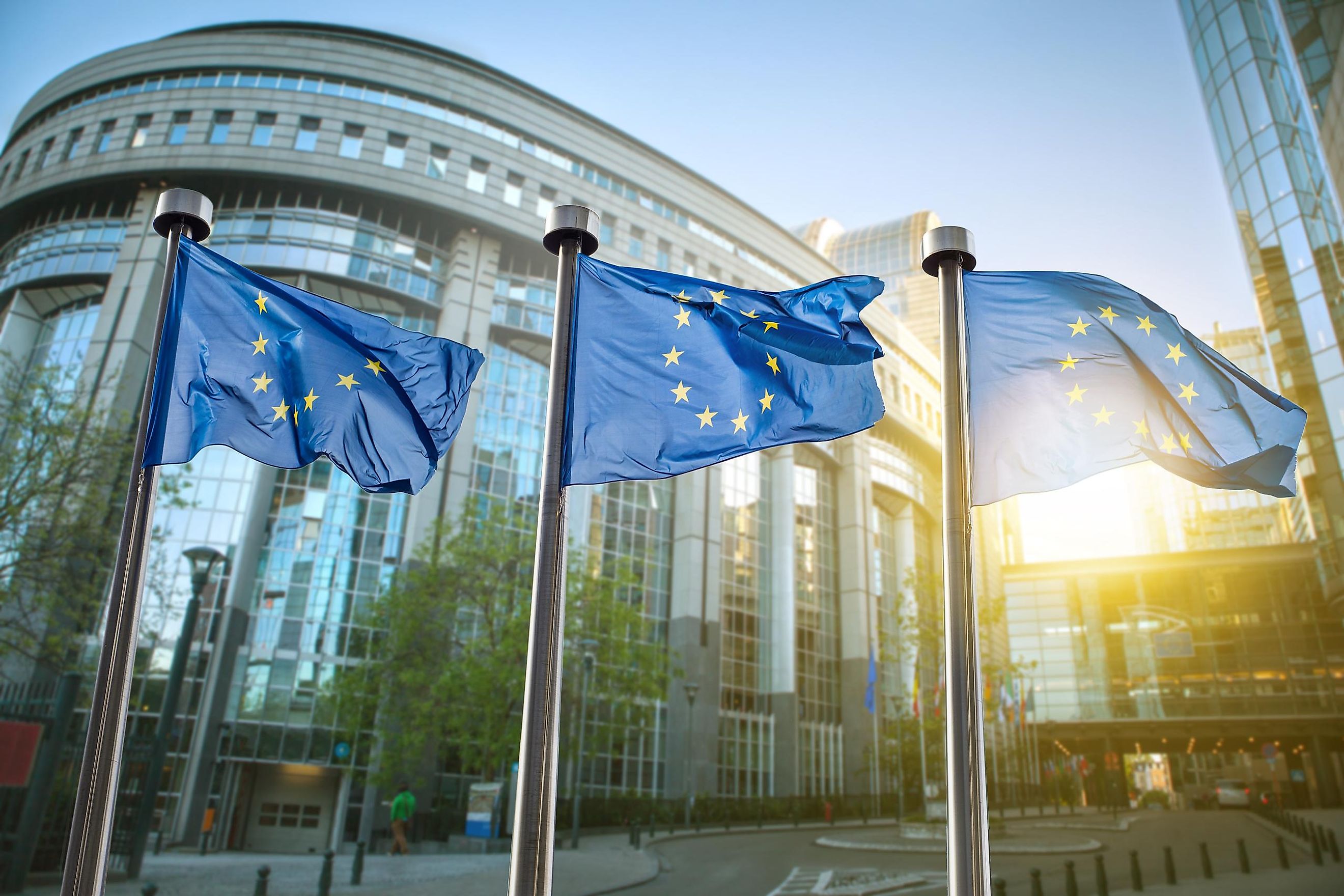
European Union
The European Union, popularly known as the EU, is an economic and political organization comprising 27 European countries. Originally made up of western European countries, the EU expanded into eastern and central Europe in the 21st century. The United Kingdom, one of the founding members, exited the organization in 2020.
The EU as it exists today was established in 1993 through the Maastricht Treaty in order to enhance the region’s economic and political integration through unified security and foreign policies, a single currency, and common European citizenship. The organization’s policy allows for free movement of people, capital, services, and goods within the Schengen Area. Currently, 19 EU member states use a common currency popularly known as Euro.
Contents:
Member States
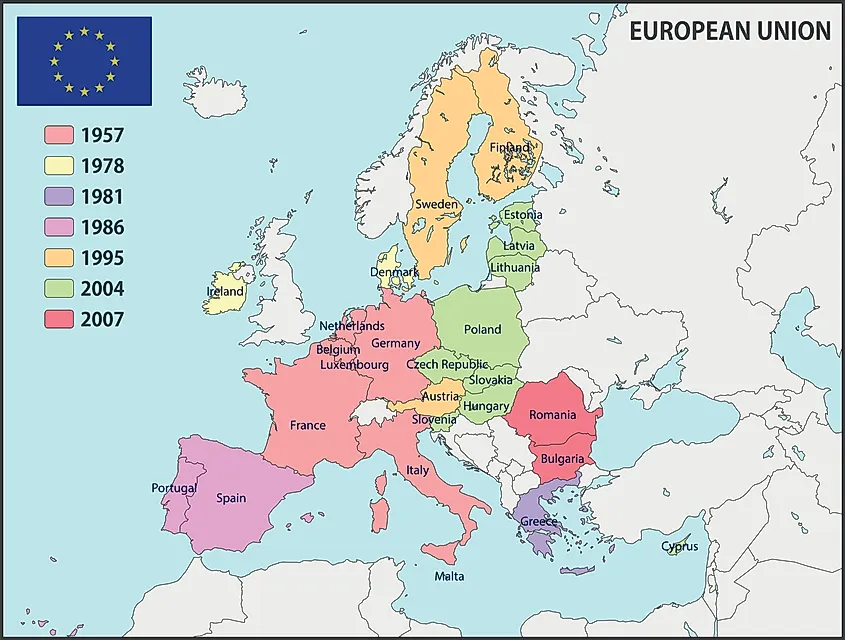
The European Union expanded from the initial six founding states to 28 member states (in 2020) and the current 27 members after the UK withdrew its membership to the Union in 2020. The six founding members were Luxembourg, France, the Netherlands, Belgium, West Germany, and Italy. These six states founded the European Economic Community in 1957 which evolved into the EU in 1993. The rest of the countries joined the organization in subsequent enlargements. Besides the six countries, other EU member states are Bulgaria, Croatia, Cyprus, Czech Republic, Denmark, Estonia, Finland, Greece, Hungary, Ireland, Lithuania, Latvia, Malta, Poland, Portugal, Romania, Spain, Slovakia, Slovenia, and Sweden.
All the member states are party to the Treaties of the European Union that form the Union’s constitutional basis. As such, all the states share the membership’s obligations and privileges. Besides the member states, up to sixteen overseas territories are also legally part of the Union, nine of which are French territories. The member territories include Aruba, Azores, Canary Islands, Curaçao, Guadeloupe, Mayotte, French Polynesia, and Madeira.
The Copenhagen criteria stipulate that any European country that respects human rights and the rule of law and has a stable democracy can join the EU. Further, the country intending to join the Union must be willing and ready to share the obligations and privileges, including the existing laws. Currently, six countries have submitted their request to join the EU and are awaiting evaluation and approval for membership by the European Council. These countries are Turkey, Albania, Serbia, Iceland, Montenegro, and North Macedonia. The EU is also co-operating with other microstates like Andorra, San Marino, Monaco, and Vatican City.
Origin Of The EU
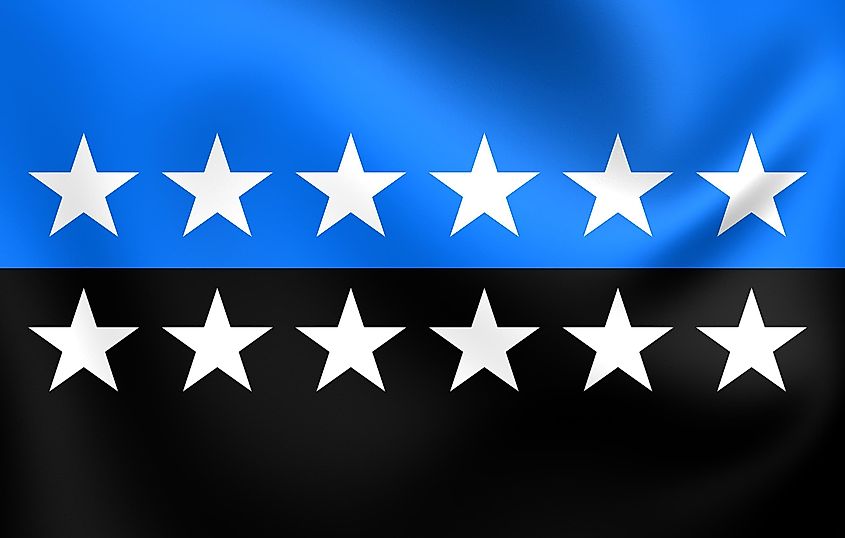
After World War II, several European leaders, including Winston Churchill, began calls for an integrated Europe. The idea of having a united Europe was both political and economic. The integration aimed to avert any possible future war by promoting security, lasting peace between Germany and France, economic growth, and reinforcing democracy in the region. To this end, six countries, France, Belgium, Luxembourg, West Germany, Italy, and the Netherlands, signed the Treaty of Paris in 1951 and founded the European Coal and Steel Community (ECSC).
The ECSC established free-trade areas for resources, such as coal, steel, coke, iron ore, and scraps. It also lifted restrictions placed on West Germany’s industrial production. The organization also created several institutions, including the Common Assembly (modern-day European Parliament), Council of Ministers (now the Council of the EU), and High Authority (renamed European Commission). The Court of Justice interpreted the treaties and provided solutions to disputes that arose from them.
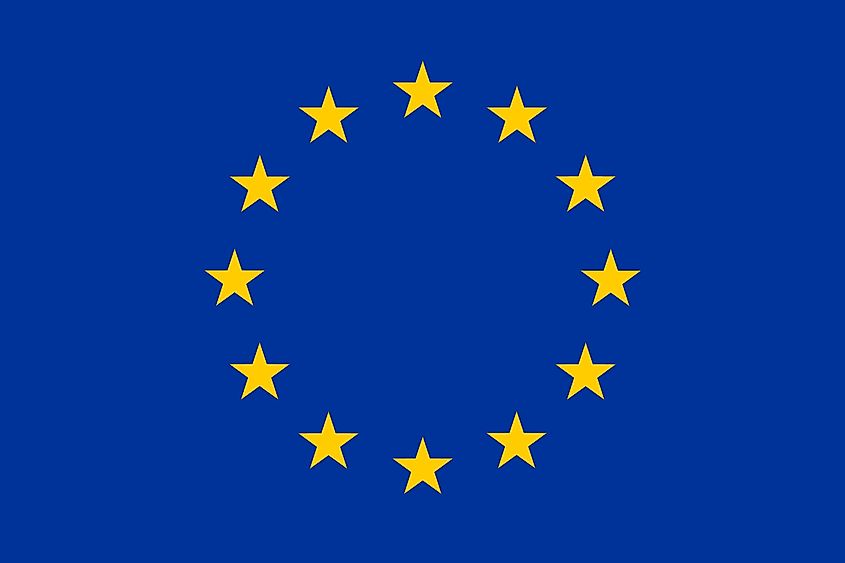
In 1957, the Treaty of Rome was signed, creating two additional organizations, European Atomic Energy Community (Euratom) and the European Economic Community. The EEC was responsible for developing custom unions while Euratom’s work was to integrate the nuclear energy sector. The three communities shared the Common Assembly and the courts. In 1965, the member states agreed to merge the three communities into one institution, leading to the signing of the Merger Treaty in Brussels. The treaty took effect on July 1, 1967, establishing the European Community.
The UK, Ireland, and Denmark joined the EC on January 1, 1973, marking the beginning of the Union’s enlargement. With several enlargements in the 1980s and the pending admissions, the Maastricht Treaty, also known as the Treaty of the European Union, was signed on February 7, 1992. Although the treaty faced resistance in some countries like Denmark, France, and the UK, the amended version took effect the following year (November 1, 1993), creating the EU. The treaty had three pillars: common security and foreign policy, European Communities, and home and foreign affairs.
How The EU Is Governed
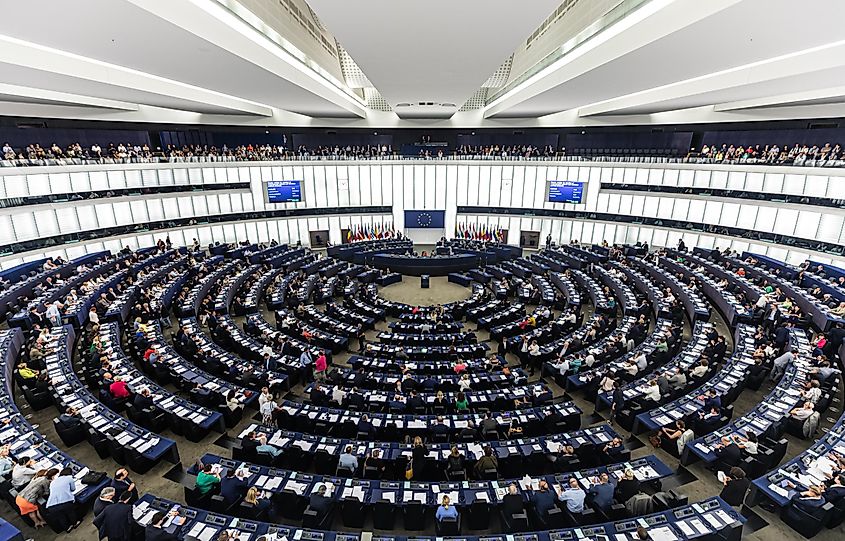
The EU operates within the founding treaties and the EU laws passed and implemented in various forms. The Union has seven decision-making institutions or organs, namely the European Council, the Council of European Union, European Parliament, European Commission, European Court of Auditors, European Central Bank, and Court of Justice of the European Union.
The European Council is the topmost political authority, comprising the Council’s president, European Commission’s president, and representatives from all the 27 member states (mostly heads of states or governments). The EC provides political direction, settles disputes among member states, and negotiates treaties.
The European Commission is an executive arm responsible for the daily running of the Union’s activities. It also proposes new legislation. The Commission comprises 27 members, with one of the commissioners serving as the president.
The Council of the European Union is one of the three EU legislative institutions, comprising a government minister from all the 27 member states. The European Parliament works with the Council of the EU to read, amend, and approve laws proposed by the Commission. It consists of 705 members elected directly by the EU citizens.
Demographics
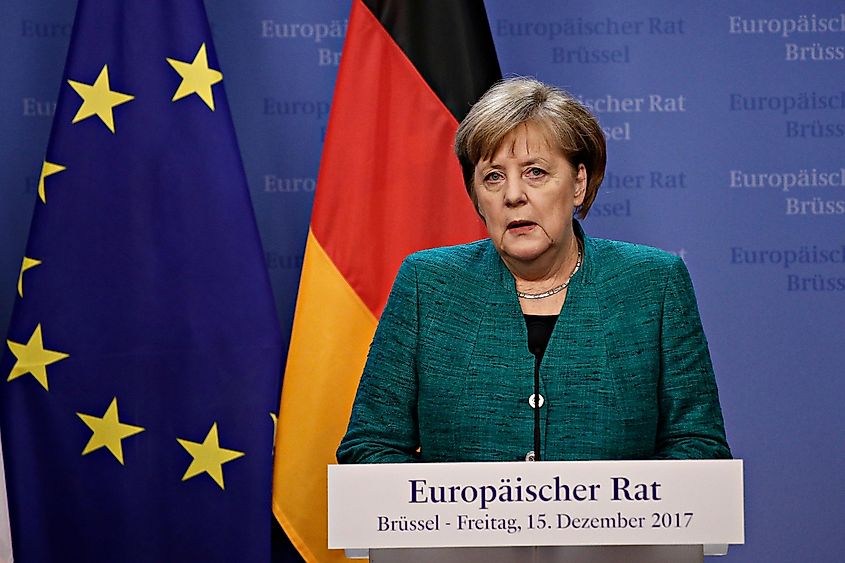
The EU member countries cover about 4.2 million km2, about 41% of Europe’s total land area. Its combined population is approximately 447 million inhabitants, nearly 60% of Europe’s total population, with a population density of 106 people per km2. France is the largest EU country by size, at 640,801 km2, but the second-most populous country after Germany, with 67 million people. Germany has a population of about 83 million people. Germany is represented at the European Parliament by 96 members, while France has 79 members. The population of the EU is about 5.8% of the world's population. The vast majority of the population of the EU is Christian, totaling 71%. Its list of official languages comprises 24 languages, and all important documents like legislation are made available in all official languages.
Economy
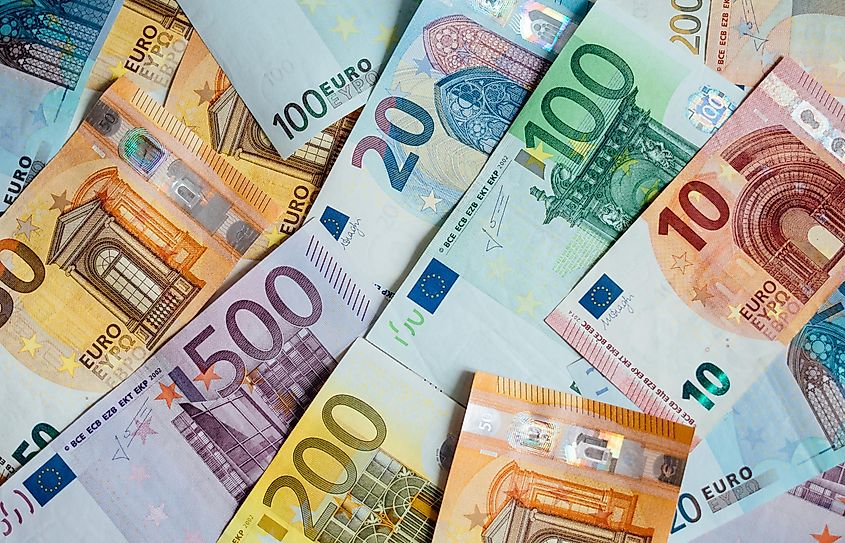
The EU has the world’s second-largest net wealth after the United States, equaling about 20% of the global wealth. The Euro is also the world’s second-largest reserve currency after US dollars. The EU has a single market that involves free movement of people, capital, goods, and services within the member countries. A common external tariff is also applied on all external goods entering the EU market. The European Central Bank regulates Euro and all monetary policies within the EU.
Although the EU and Eurozone are often used interchangeably, the two terms are different in application and use. While the EU is a political and economic organization comprising 27 member states, the Eurozone is the territory of the world countries using the Euro currency. Although all the EU members pledged to use Euro, only 19 of the 27 member states use the currency. The member countries that do not use the currency are Denmark, Czech Republic, Hungary, Romania, Poland, Sweden, Croatia, and Bulgaria.
Table Of Member States
| Country | Capital | Year joined |
|---|---|---|
| Austria | Vienna | 1995 |
| Belgium | Brussels | 1957 |
| Bulgaria | Sofia | 2007 |
| Croatia | Zagreb | 2013 |
| Cyprus | Nicosia | 2004 |
| Czech Republic | Prague | 2004 |
| Denmark | Copenhagen | 1973 |
| Estonia | Tallinn | 2004 |
| Finland | Helsinki | 1995 |
| France | Paris | 1957 |
| Germany | Berlin | 1957 |
| Greece | Athens | 1981 |
| Hungary | Budapest | 2004 |
| Ireland | Dublin | 1973 |
| Italy | Rome | 1957 |
| Latvia | Riga | 2004 |
| Lithuania | Vilnius | 2004 |
| Luxembourg | Luxembourg City | 1957 |
| Malta | Valletta | 2004 |
| Netherlands | Amsterdam | 1957 |
| Poland | Warsaw | 2004 |
| Portugal | Lisbon | 1986 |
| Romania | Bucharest | 2007 |
| Slovakia | Bratislava | 2004 |
| Slovenia | Ljubljana | 2004 |
| Spain | Madrid | 1986 |
| Sweden | Stockholm | 1995 |











